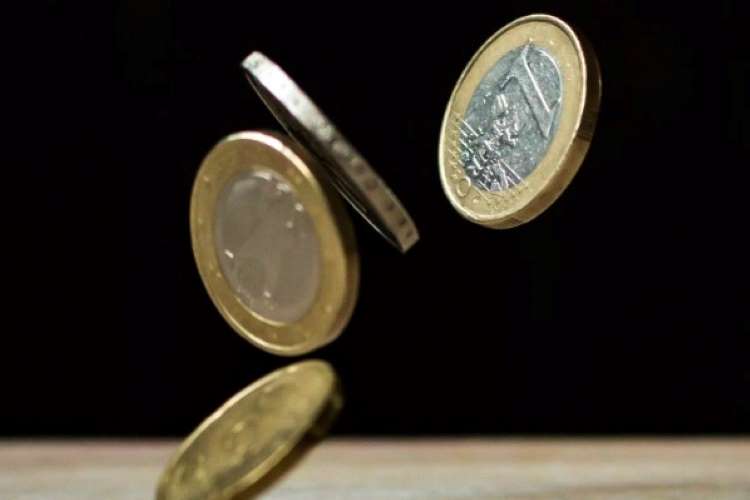
IMF External Sector report: The Reserve Bank of India has raised the repo rate by 50 basis points, the third consecutive increase in the key policy rate in three months. The policy rate is now back to the pre-Covid levels as the RBI looks to tighten monetary policy to control inflation and abort the chances of the economy slipping into a recession.
With the latest hike by the six-member monetary policy committee (MPC), the repo rate stands at 5.4%. The International Monetary Fund is of the view that the central bank should now stop intervening in the currency market by selling dollars, and maintain the status quo.
Analysts too believe that any further hike in the interest rates to match the incremental increase of 75 basis points by the US Federal Reserve may harm growth and employment generation in India.
RBI on a monetary policy tightening spree
The RBI has been vigilant to the changing geopolitical situation and has been tuning its monetary policy to the cues of the US Fed. In the current fiscal, the US Federal Reserve has so far raised the rate by 225 basis points. Following the Fed lead, the RBI has been hiking the repo rate. Economists believe that the time has come for moderation as the global crude oil and gold prices have started moderating.
ALSO READ: Horses for courses: RBI need not hike interest rates to match Fed
The US aggression in tackling inflation by raising its benchmark rate is justified because the US annual inflation is five times the normal level. In India, the CPI consumer price inflation is about 7%, just about one percentage point above the RBI’s comfort level. Economists also believe that RBI’s hope of containing inflation by hiking interest rate may not actually materialise considering that in India inflation is fuelled by a surge in the prices of vegetables and fruits. Inflation caused by supply problems cannot be cured by increasing interest rates.
To maintain external sector balance at a comfortable level over the medium term, the IMF has recommended that India should gradually withdraw its fiscal and monetary policy stimulus. The international financial institution said in its latest report that the country should instead focus on developing export infrastructure, and negotiate free-trade agreements with key trading partners to provide a sustainable boost to exports.
In the latest External Sector Report released on Thursday, IMF recommended that New Delhi should further liberalise its investment along with reduction in tariffs, especially on intermediate goods. Structural reforms may help deepen the economy’s integration with global value chains and attract foreign direct investment. This will, in turn, mitigate external vulnerabilities.
Currently, the Indian economy is reeling under the impact of the geopolitical tension triggered by the Russian invasion of Ukraine which has sent created a global economic crisis by way of supply chain disruptions and high commodity prices. The falling rupee against the dollar and increasing imports are no respite to New Delhi. On top of it, there are signs of a looming recession which India won’t be able to avoid despite RBI’s optimism in the resilience of the Indian economy.
ALSO READ: Explained: Why did the govt dump the Personal Data Protection Bill
The IMF also has suggested that the country’s exchange rate flexibility should act as the main shock absorber and the RBI’s intervention should be limited to addressing disorderly market conditions. India’s external position in the previous fiscal was broadly in line with the level implied by medium-term fundamentals and desirable policies. The current situation is largely a spill over from the ongoing war between Ukraine and Russia. The agency also predicted that India’s current account deficit (CAD) will likely widen to 3.1% of the GDP in FY23 from 1.2% of the GDP in FY22. This is in part because of the impact of the war in Ukraine on high crude oil prices.
Time to leave forex reserves alone
While the rupee was on a free fall in the last few weeks, the RBI dipped into its forex reserves to check the fall of rupee against the dollar, but to no avail. While the reserves have decreased in these months, they are still at a comfortable level of about eight months of import coverage. India’s official forex reserves had reached a record high of about $638.5 billion at the end of 2021.
IMF also said that various criteria confirm that official forex reserves are adequate for precautionary purposes and advised against accumulation of additional reserves.
In its previous report, the IMF had slashed India’s economic outlook for the current fiscal to 7.4%. The same was a downward revision of 0.8% by previous estimates of 8.2%. However, RBI’s growth and inflation projections for FY23 remain unchanged at 7.2% and 6.7%, respectively. The central bank also retained its GDP growth outlook for this fiscal which is at 7.2%. Though the Indian economy has been impacted by global economic situation, RBI Governor Shaktikanta Das said that the economic recovery in India is showing signs of broadening.
